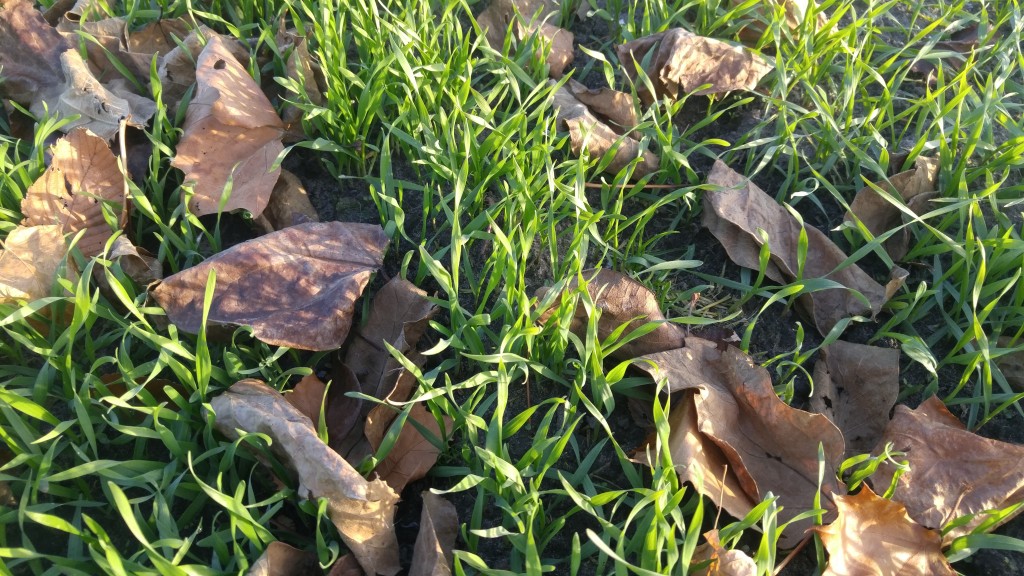Just about every year, going into winter, I have perennials or other potted plants left over from the growing season that never got planted for one reason or another. I usually have plans for them so I like to keep them over winter.
It’s a good idea to keep plants out as long as possible in the fall. An occasional short cold snap doesn’t bother the plants at all. This year the mild fall weather lasted so long that I just now got most of them put away into their winter storage spots.
The most valuable plants I worry about are my bonsai. They are several years old, my false sequoia is well over 20 years old. All the bonsai are hardy trees that require a cold dormant period to complete their annual life cycle so have to be kept outside during the winter.
There’s a spot under my mature pine trees where the bonsai spend the winter. There I dig a hole and place them in the hole on their sides. Placing them sideways keeps snow melt water (which we get sometimes) from accumulating in the pots. That reduces the chance that the terracotta pots will crack when the water re-freezes. Soil excavated from the hole gets banked up over the pots and the crown of the trees. I then rake plenty pine needles over the tops to insulate them from the cold winter temperature and wind. The entire storage area gets covered with a tarp or other kind of covering.
I put the rest of my perennials in various places around my property. I have a number of left over grape cuttings that I rooted this spring. Those I tucked away in a well-drained spot in the vegetable garden. A few miscellaneous perennial flowers are mixed in there with the grapes.
A few years back I had some potted elderberry plants that I overwintered in the ground. I buried the pots as usual but put them in a new place, somewhere way out of the way. When spring arrived I was so busy that I forgot I even had elderberry plants. It wasn’t until late June that I saw a group of elderberries growing out of the soil that I remembered I stored them there the previous fall. I learned how a squirrel feels when it forgets where it buried its acorns.
Some weather forecasters are predicting another polar vortex may be taking shape again so it’s time to finish up getting those plants into the ground.
Bob


